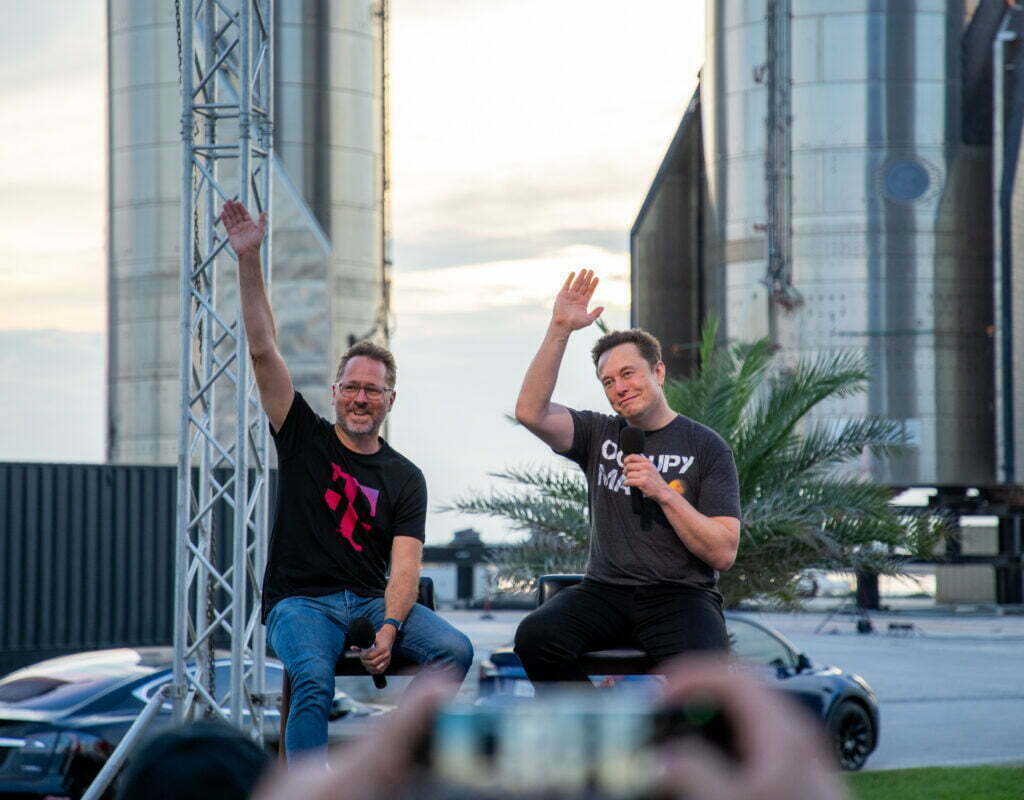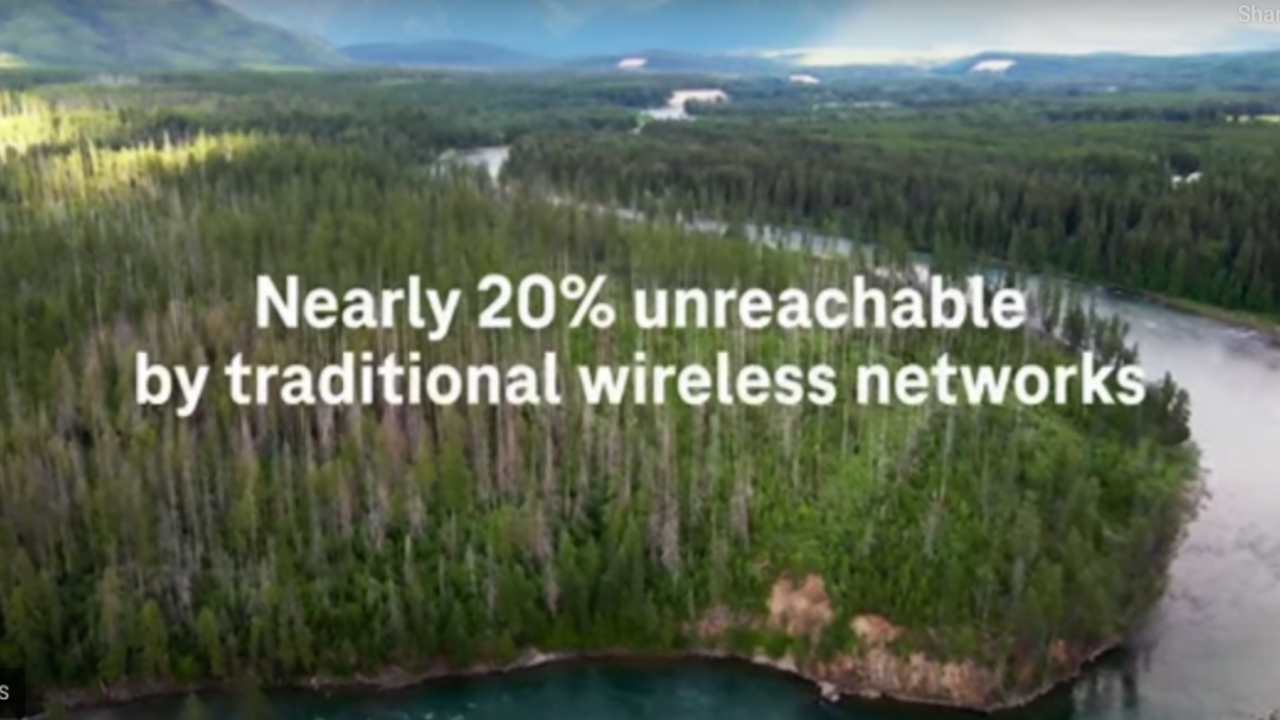A match no one saw coming T-mobile and Starlink join forces. Starlink, the satellite internet company, and T-mobile have teamed up to provide coverage to areas that have traditionally had spotty or no service. The new service, which is currently a network alliance, will be available to most T-mobile customers at no extra cost. Starlink says that the service when deployed will cover the entire United States and that coverage will continue to improve as more satellites are launched.
T-Mobile and Starlink The crux of why:
In many areas of the United States, mobile coverage will never be possible with traditional tower coverage. This is due to the geography of the area, as well as the lack of infrastructure in certain parts of the country. Mobile coverage is an important service for many people, and it is only getting more important as we move into the future. There are a few options for those who live in areas without good mobile coverage. Traditionally the only way to get full coverage is to use a satellite phone, which can be expensive. Another option is to use a femtocell, which is a small device that connects to your home broadband connection and provides mobile coverage for your home. Femtocells are not available in all areas, and they can be expensive. Both of these options have their limitations where a satellite phone does not work in buildings and femtocells don’t work well on mountain tops or deep in the Everglades.

T-Mobile and Starlink The Deep Details
In an effort to improve cell coverage in rural areas, T-Mobile has announced a partnership with SpaceX’s Starlink. The two companies will work together to provide 1 to 2 Mbps per data cell (a geographic area of 10 sq miles per cell), which will be enough for text and phone calls but won’t support data-heavy activities like streaming video. Other data transmission in the geographic cell will be filtered out and sent over terrestrial towers if available or ignored by the satellite to keep the bandwidth free for phone calls or texts due to data filtering.

So How soon till I get full nationwide coverage?
The partnership is still in its early stages, however, T-Mobile says it is committed to expanding its coverage in rural areas and that the partnership with Starlink is one way it plans to do that. T-mobile Also put out a call to other carriers worldwide to partner with t-mobile to offer data reciprocation agreements so no matter where a T-mobile customer finds themselves they will have highspeed data coverage.

Why this is a Rocket Science Problem
More than just a flip of a switch on existing satellites this new partnership will require the use of brand new second-generation Starlink satellites. This is a big change for Starlink, which has been using first-generation satellites since its inception. Second-generation satellites are more powerful and efficient than their predecessors. Offering Satellite to Satellite linking with lasers and will have new hardware supporting the sliver (10 Hrtz) of LTE band 2 to be built into the satellites antenna array.
Potential World Wide Applications for the mobile aficionado:
In theory, this could offer worldwide coverage if enough second-generation satellites are deployed in earth orbit. With enough data and spectrum reciprocation agreements between carriers, this could very well become a reality in the next few years. Given Starlink expanded maritime offerings this service may even expand to the ocean where seafarers and cruisers can still have coverage. But for now, the plan is to offering true nationwide communication options for people on the top of mountains skiing, to the most remote locations in Alaska, all the way to the most hidden parts of Death Valley. If you like what you read please consider bookmarking our homepage.
